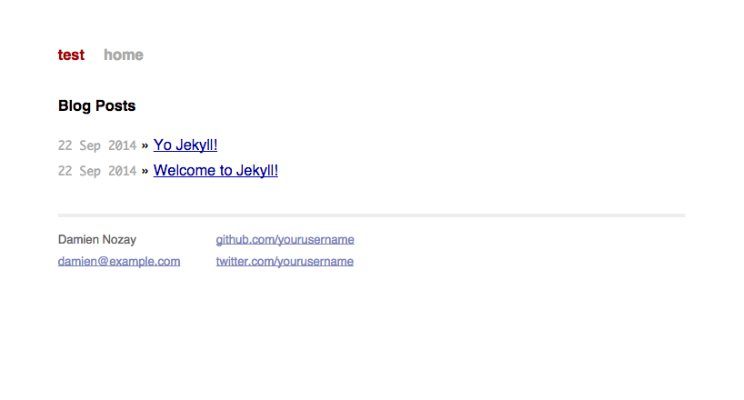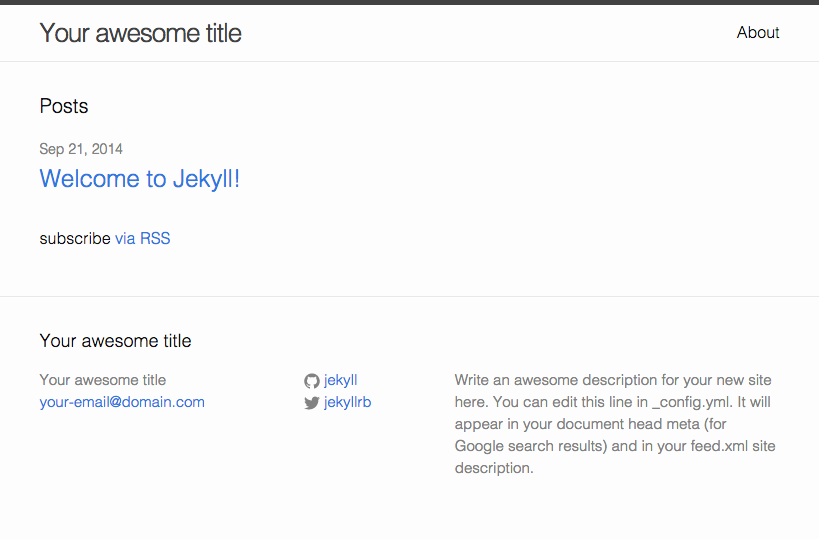Glyphicons are included as part of Bootstrap, here are the html entities used for the glyphs.
- glyphicon-asterisk
- = *
- glyphicon-plus
- = +
- glyphicon-euro
- = €
- glyphicon-minus
- = −
- glyphicon-cloud
- = ☁
- glyphicon-envelope
- = ✉
- glyphicon-pencil
- = ✏
- glyphicon-glass
- = 
- glyphicon-music
- = 
- glyphicon-search
- = 
- glyphicon-heart
- = 
- glyphicon-star
- = 
- glyphicon-star-empty
- = 
- glyphicon-user
- = 
- glyphicon-film
- = 
- glyphicon-th-large
- = 
- glyphicon-th
- = 
- glyphicon-th-list
- = 
- glyphicon-ok
- = 
- glyphicon-remove
- = 
- glyphicon-zoom-in
- = 
- glyphicon-zoom-out
- = 
- glyphicon-off
- = 
- glyphicon-signal
- = 
- glyphicon-cog
- = 
- glyphicon-trash
- = 
- glyphicon-home
- = 
- glyphicon-file
- = 
- glyphicon-time
- = 
- glyphicon-road
- = 
- glyphicon-download-alt
- = 
- glyphicon-download
- = 
- glyphicon-upload
- = 
- glyphicon-inbox
- = 
- glyphicon-play-circle
- = 
- glyphicon-repeat
- = 
- glyphicon-refresh
- = 
- glyphicon-list-alt
- = 
- glyphicon-lock
- = 
- glyphicon-flag
- = 
- glyphicon-headphones
- = 
- glyphicon-volume-off
- = 
- glyphicon-volume-down
- = 
- glyphicon-volume-up
- = 
- glyphicon-qrcode
- = 
- glyphicon-barcode
- = 
- glyphicon-tag
- = 
- glyphicon-tags
- = 
- glyphicon-book
- = 
- glyphicon-bookmark
- = 
- glyphicon-print
- = 
- glyphicon-camera
- = 
- glyphicon-font
- = 
- glyphicon-bold
- = 
- glyphicon-italic
- = 
- glyphicon-text-height
- = 
- glyphicon-text-width
- = 
- glyphicon-align-left
- = 
- glyphicon-align-center
- = 
- glyphicon-align-right
- = 
- glyphicon-align-justify
- = 
- glyphicon-list
- = 
- glyphicon-indent-left
- = 
- glyphicon-indent-right
- = 
- glyphicon-facetime-video
- = 
- glyphicon-picture
- = 
- glyphicon-map-marker
- = 
- glyphicon-adjust
- = 
- glyphicon-tint
- = 
- glyphicon-edit
- = 
- glyphicon-share
- = 
- glyphicon-check
- = 
- glyphicon-move
- = 
- glyphicon-step-backward
- = 
- glyphicon-fast-backward
- = 
- glyphicon-backward
- = 
- glyphicon-play
- = 
- glyphicon-pause
- = 
- glyphicon-stop
- = 
- glyphicon-forward
- = 
- glyphicon-fast-forward
- = 
- glyphicon-step-forward
- = 
- glyphicon-eject
- = 
- glyphicon-chevron-left
- = 
- glyphicon-chevron-right
- = 
- glyphicon-plus-sign
- = 
- glyphicon-minus-sign
- = 
- glyphicon-remove-sign
- = 
- glyphicon-ok-sign
- = 
- glyphicon-question-sign
- = 
- glyphicon-info-sign
- = 
- glyphicon-screenshot
- = 
- glyphicon-remove-circle
- = 
- glyphicon-ok-circle
- = 
- glyphicon-ban-circle
- = 
- glyphicon-arrow-left
- = 
- glyphicon-arrow-right
- = 
- glyphicon-arrow-up
- = 
- glyphicon-arrow-down
- = 
- glyphicon-share-alt
- = 
- glyphicon-resize-full
- = 
- glyphicon-resize-small
- = 
- glyphicon-exclamation-sign
- = 
- glyphicon-gift
- = 
- glyphicon-leaf
- = 
- glyphicon-fire
- = 
- glyphicon-eye-open
- = 
- glyphicon-eye-close
- = 
- glyphicon-warning-sign
- = 
- glyphicon-plane
- = 
- glyphicon-calendar
- = 
- glyphicon-random
- = 
- glyphicon-comment
- = 
- glyphicon-magnet
- = 
- glyphicon-chevron-up
- = 
- glyphicon-chevron-down
- = 
- glyphicon-retweet
- = 
- glyphicon-shopping-cart
- = 
- glyphicon-folder-close
- = 
- glyphicon-folder-open
- = 
- glyphicon-resize-vertical
- = 
- glyphicon-resize-horizontal
- = 
- glyphicon-hdd
- = 
- glyphicon-bullhorn
- = 
- glyphicon-bell
- = 
- glyphicon-certificate
- = 
- glyphicon-thumbs-up
- = 
- glyphicon-thumbs-down
- = 
- glyphicon-hand-right
- = 
- glyphicon-hand-left
- = 
- glyphicon-hand-up
- = 
- glyphicon-hand-down
- = 
- glyphicon-circle-arrow-right
- = 
- glyphicon-circle-arrow-left
- = 
- glyphicon-circle-arrow-up
- = 
- glyphicon-circle-arrow-down
- = 
- glyphicon-globe
- = 
- glyphicon-wrench
- = 
- glyphicon-tasks
- = 
- glyphicon-filter
- = 
- glyphicon-briefcase
- = 
- glyphicon-fullscreen
- = 
- glyphicon-dashboard
- = 
- glyphicon-paperclip
- = 
- glyphicon-heart-empty
- = 
- glyphicon-link
- = 
- glyphicon-phone
- = 
- glyphicon-pushpin
- = 
- glyphicon-usd
- = 
- glyphicon-gbp
- = 
- glyphicon-sort
- = 
- glyphicon-sort-by-alphabet
- = 
- glyphicon-sort-by-alphabet-alt
- = 
- glyphicon-sort-by-order
- = 
- glyphicon-sort-by-order-alt
- = 
- glyphicon-sort-by-attributes
- = 
- glyphicon-sort-by-attributes-alt
- = 
- glyphicon-unchecked
- = 
- glyphicon-expand
- = 
- glyphicon-collapse-down
- = 
- glyphicon-collapse-up
- = 
- glyphicon-log-in
- = 
- glyphicon-flash
- = 
- glyphicon-log-out
- = 
- glyphicon-new-window
- = 
- glyphicon-record
- = 
- glyphicon-save
- = 
- glyphicon-open
- = 
- glyphicon-saved
- = 
- glyphicon-import
- = 
- glyphicon-export
- = 
- glyphicon-send
- = 
- glyphicon-floppy-disk
- = 
- glyphicon-floppy-saved
- = 
- glyphicon-floppy-remove
- = 
- glyphicon-floppy-save
- = 
- glyphicon-floppy-open
- = 
- glyphicon-credit-card
- = 
- glyphicon-transfer
- = 
- glyphicon-cutlery
- = 
- glyphicon-header
- = 
- glyphicon-compressed
- = 
- glyphicon-earphone
- = 
- glyphicon-phone-alt
- = 
- glyphicon-tower
- = 
- glyphicon-stats
- = 
- glyphicon-sd-video
- = 
- glyphicon-hd-video
- = 
- glyphicon-subtitles
- = 
- glyphicon-sound-stereo
- = 
- glyphicon-sound-dolby
- = 
- glyphicon-sound-5-1
- = 
- glyphicon-sound-6-1
- = 
- glyphicon-sound-7-1
- = 
- glyphicon-copyright-mark
- = 
- glyphicon-registration-mark
- = 
- glyphicon-cloud-download
- = 
- glyphicon-cloud-upload
- = 
- glyphicon-tree-conifer
- = 
- glyphicon-tree-deciduous
- = 
Why do you need html entities?
<svg width="1em" height="1em" style="border: 1px solid black">
<text dy="1em" x="0.5em"><i class="glyphicon glyphicon-envelope"></i></text>
</svg>gives [], explanation: <i> is not allowed in <text> so it renders outside of SVG.
<svg width="1em" height="1em" style="border: 1px solid black">
<text dy="1em" x="0.5em"class="glyphicon glyphicon-envelope"></text>
</svg>gives [], explanation: the css has a :before selector with a content, which will not work for an SVG element.
<svg width="1em" height="1em" style="border: 1px solid black">
<text dy="1em" x=".5em"><tspan class="glyphicon">✉</tspan></text>
</svg>gives [], explanation: <tspan> is allowed in <text> so it renders inside of SVG, hence the clipping.
<svg width="1em" height="1em" style="border: 1px solid black">
<foreignObject fill="blue" height="1em" width="1em" dy="1em" x=".5em"><i class="glyphicon glyphicon-envelope"></i></foreignObject>
</svg>gives [], explanation: <foreignObject> allows to let the browser render an object, but it gets overlaid on top of the SVG. Also check out what happens when you zoom in/out.

